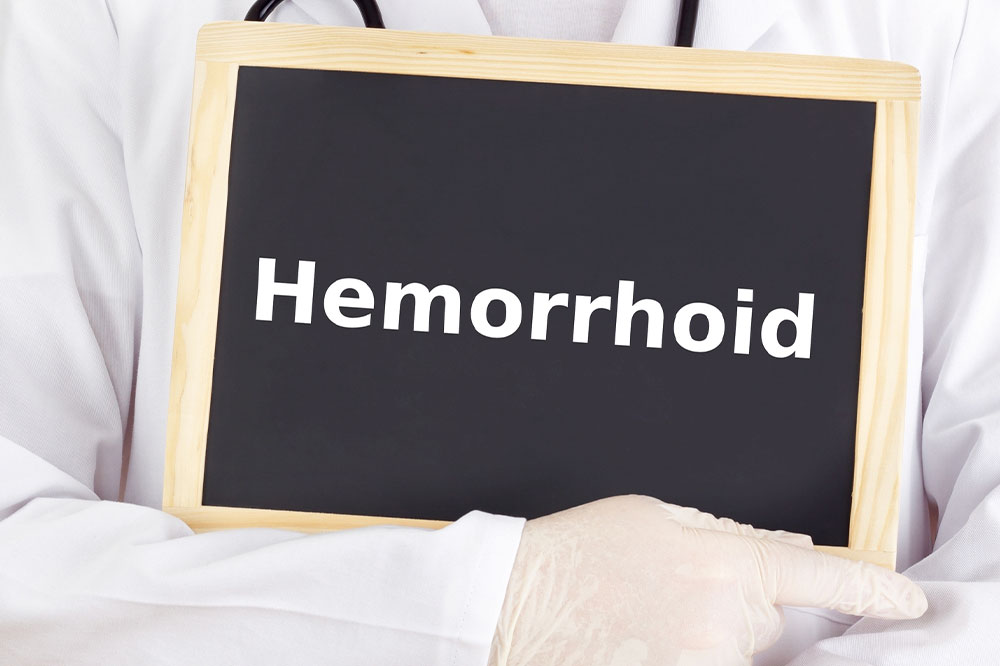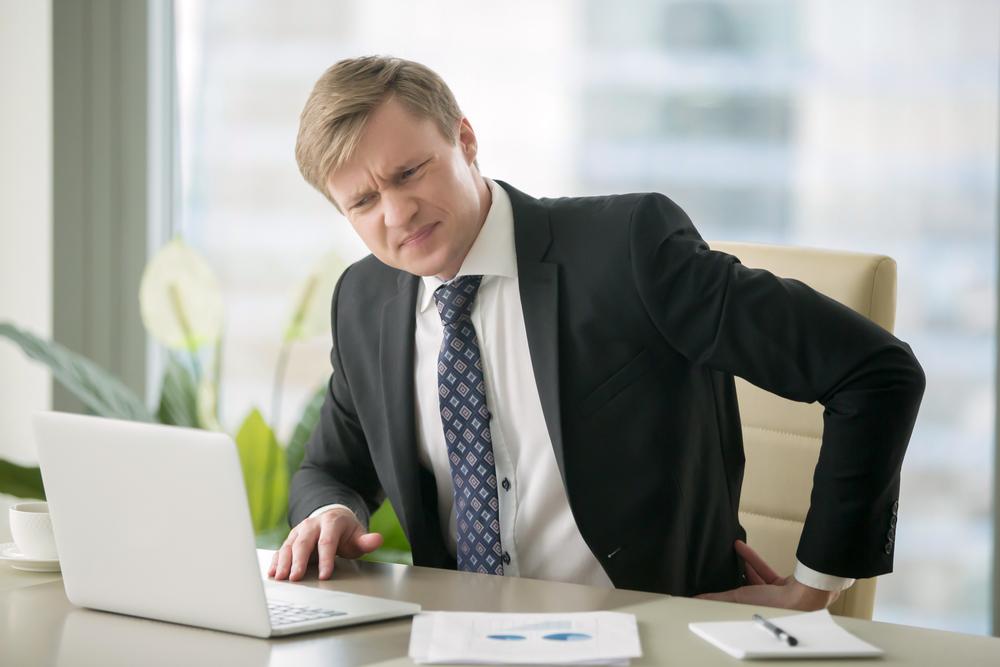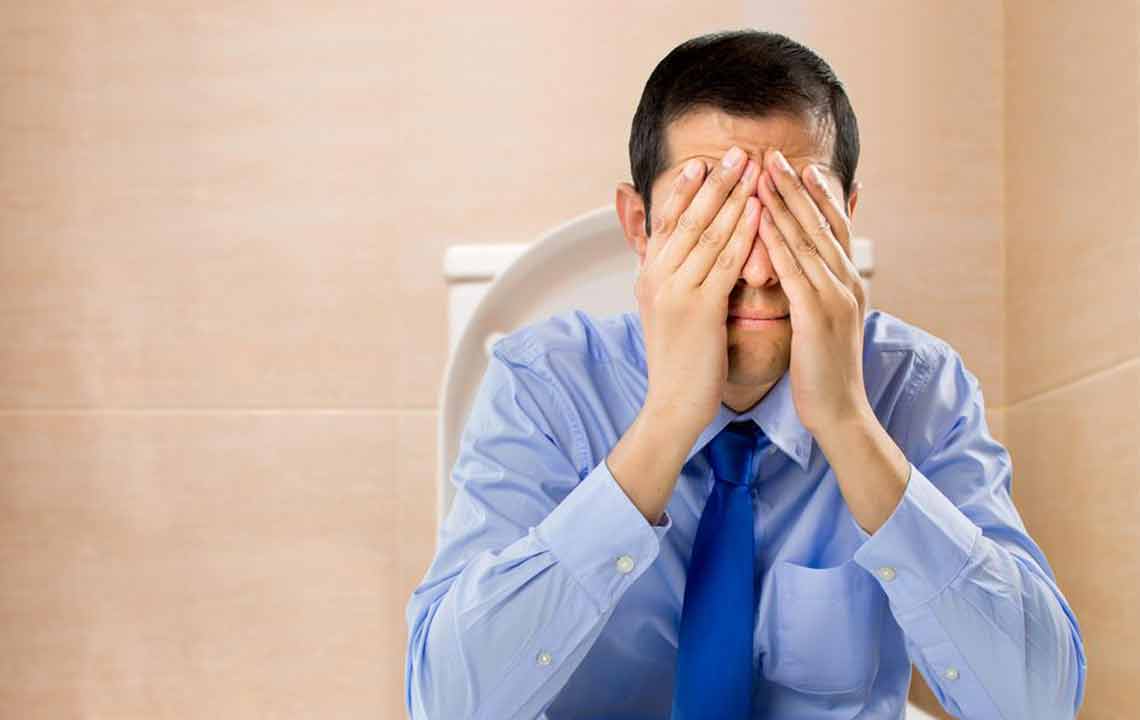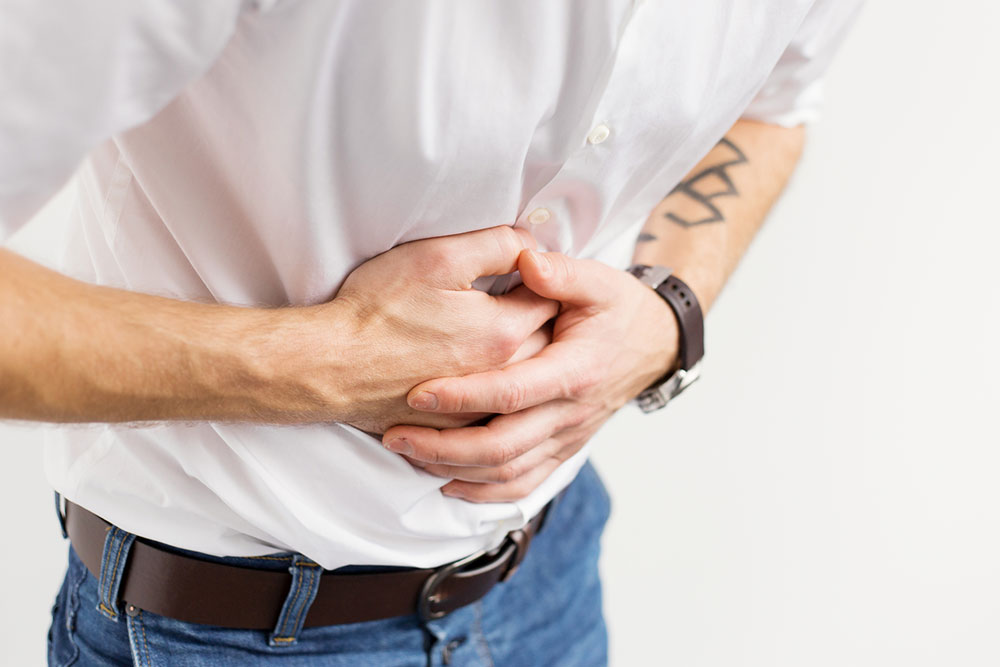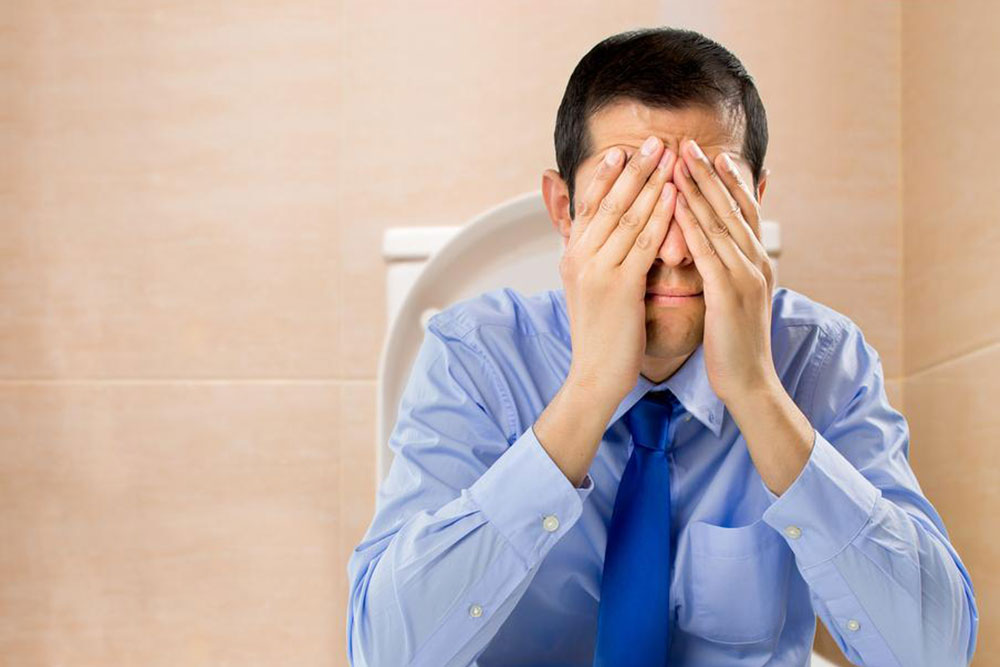Understanding Hemorrhoids: Types, Causes, and Symptoms
This article provides an in-depth overview of hemorrhoids, covering their types, causes, symptoms, and effective prevention strategies. Learn how internal, external, and thrombosed hemorrhoids differ, and discover tips to prevent their development through diet, hydration, and lifestyle modifications. Understanding these aspects can help in managing symptoms and avoiding complications associated with hemorrhoids.
Sponsored
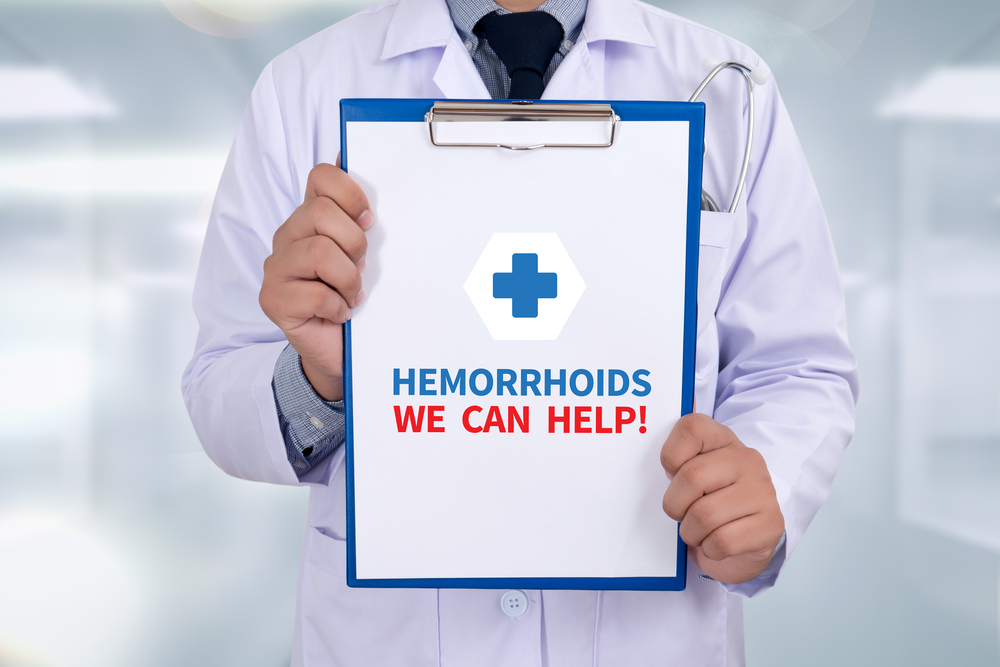
A Complete Guide to Hemorrhoids: Types, Causes, and Symptoms
Hemorrhoids, commonly known as piles, are swollen veins located near the anus and rectum. These enlarged blood vessels can bulge and become irritated, especially under pressure. Although they often cause rectal bleeding, hemorrhoids are generally harmless and tend to heal within a few weeks.
Let’s explore the different types of hemorrhoids, their causes, and common symptoms.
What are the different types of hemorrhoids?
Hemorrhoid symptoms vary based on their location within the anal canal.
There are primarily two types of hemorrhoids:
Internal hemorrhoids – Positioned deep inside the rectum, these hemorrhoids are usually not visible or painful since there are few pain-sensing nerves in that area. Straining during bowel movements or irritation can cause internal hemorrhoids to bleed or prolapse, where they protrude through the anus, leading to discomfort.
External hemorrhoids – Found under the skin around the anus, external hemorrhoids can cause itching, swelling, and bleeding when irritated.
Thrombosed hemorrhoids – If a blood clot forms in an external hemorrhoid, it creates a swollen, hard lump that is painful and inflamed. This condition is known as a thrombosed hemorrhoid.
What triggers hemorrhoids?
Increased pressure on the veins around the anus can cause them to swell and protrude, leading to hemorrhoids. Common causes include:
Straining during bowel movements
Sitting for prolonged periods on the toilet
Chronic diarrhea or constipation
Obesity
Pregnancy
Low-fiber diet
Anal intercourse
Age-related tissue weakening
What are the main symptoms?
Visible bleeding during bowel movements
Itching or irritation around the anal area
Pain or discomfort
Swelling or lumps near the anus with tenderness
Prevention tips for hemorrhoids
Preventing hemorrhoids is preferable to treatment. Maintaining soft stools through healthy habits reduces pressure on rectal veins. Consider adopting these practices:
Consume high-fiber foods – Eating fruits, vegetables, and whole grains promotes easier bowel movements and prevents straining.
Stay hydrated – Drinking plenty of water (six to eight glasses daily) keeps stools soft and reduces constipation.
Exercise regularly – Physical activity prevents constipation and helps maintain healthy weight. Avoid heavy weightlifting without guidance, as it may increase abdominal pressure.
Use laxatives cautiously – Osmotic laxatives can aid in relieving constipation but should be used under medical supervision to prevent worsening of hemorrhoids.
Avoid straining – Do not hold your breath or push forcefully during bowel movements to minimize vein pressure and bleeding risks.

